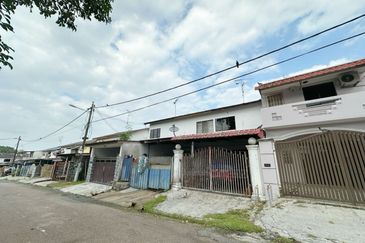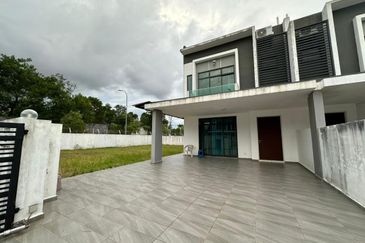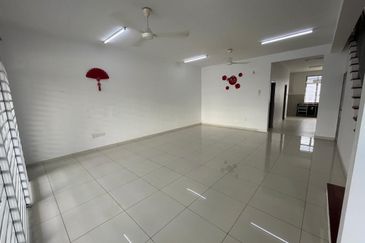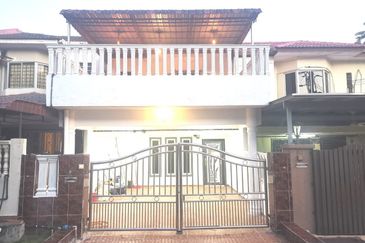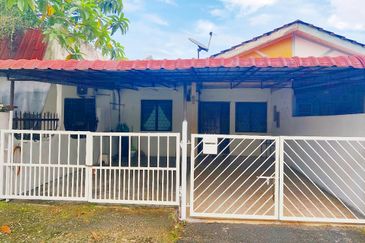OSLO: Norges Bank raised its key interest rate a quarter point from a record low and signalled steeper increases than it previously forecast over the next three years as inflation accelerates and unemployment remains low.
The Oslo-based bank raised the overnight deposit rate to 1.5%, becoming the first European central bank to reverse its easing cycle since the credit crisis started to abate. Nineteen of 20 economists surveyed by Bloomberg had predicted the move, while one had expected a half-point increase.
“It appears that unemployment over the next few years will remain lower and wage growth somewhat higher than previously projected,” the bank said in a statement on Oct 28. “This suggests higher inflation, indicating that the key policy rate should be raised somewhat more rapidly than previously projected.” The key rate will average 4.25% in 2012, compared with a June forecast for 3.75%, the bank said.
The world’s fifth-biggest oil exporter came out of recession in the second quarter after investment in its petroleum industry, a stimulus package equivalent to 4.7% of gross domestic product and record-low borrowing costs fuelled domestic demand. Prime Minister Jens Stoltenberg, whose coalition government was re-elected last month, has pledged to raise next year’s spending in excess of national fiscal guidelines even after recovery took hold.
The krone was trading 0.3% lower against the euro at 8.3914 at 4.13pm in Oslo on Oct 28 after having lost as much as 1.1% earlier in the day. Against the dollar, the krone lost 0.6% to 5.6807.
“Norway’s huge oil surplus and supportive fiscal policy have helped to insulate the economy from the worst of the global economic downturn,” Ben May, an economist at Capital Economics in London, said in a note. “Accordingly, it is unlikely that other central banks in the region will follow suit and hike rates any time soon. What’s more, we doubt that today’s (Oct 28) hike will mark the start of an aggressive tightening of monetary policy in Norway itself.”
The bank expects underlying inflation, which adjusts for energy and taxes, to average 2.75% this year and 1.75% in 2010. The mainland economy will shrink 1.25% this year and grow 2.75% in 2010, it estimates.
The key rate will average 1.75% this year and 2.25% in 2010, rising to an average 4.25% by 2012, the bank said.
“This is by no means an aggressive path,” said Harald Magnus Andreassen, chief economist at First Securities ASA in Oslo. “Norges Bank looks to take quite a long time to come back to normal rates.”
A “natural” key interest rate level is 5%, Governor Svein Gjedrem said on Sept 25. The benchmark was last at that level in October last year.
Gjedrem “has to take into account that fiscal policy is very loose”, said Torgeir Hoien, a former Norges Bank external board member who manages the equivalent of 2 billion kroner (RM1.2 billion) in bonds at Skagen AS.
Fiscal stimulus has helped keep Norway’s jobless rate the lowest in Europe, with registered unemployment falling to 2.7% in September. Survey unemployment was 3.2% in the August quarter, Statistics Norway said on Oct 28.
Households were quick to benefit from monetary easing earlier this year, with about 90% of mortgage holders using floating rates, according to the Finance Ministry. That’s boosted demand, with retail sales rising in the last three months for which data is available. Cheap loans and low unemployment have helped push the housing market up in the last three quarters, with prices now matching their peak from the summer of 2007, the Finance Ministry estimates.
“The strong boost to households’ disposable income and relatively low unemployment rates have had significant effects on the housing market, home prices have topped the pre-crisis peak levels,” Bjoern-Roger Wilhelmsen, senior economist at First Securities in Oslo and a former Norges Bank economist, said in a note to clients on Oct 27.
While signs of a strong recovery may support a rapid reversal of monetary easing, the central bank must balance the needs of the domestic economy against the prospect of hurting exporters by spurring gains in the krone, economists have said.
“If they don’t do anything about it, you will have an overshooting of the inflation target,” Hoien said. “If they adjust monetary policy to the fact that fiscal policy is very loose, you will get a stronger krone.”
The krone has gained 7.5% against the euro since the end of June, making it the second-best performer of the 16 major currencies tracked by Bloomberg in the period. A further strengthening would hurt exporters including Norsk Hydro ASA, Europe’s third-largest aluminium producer, and Norske Skogindustrier ASA, the world’s second-biggest newsprint maker.
“The development of the krone exchange rate is a risk for us” when setting interest rates, Gjedrem said at a press conference in Oslo. “It can be a headache.”
“We believe the krone will weaken somewhat in the next years, both because it is very strong now and because it has a tendency to weaken when we have higher inflation than our trading partners,” Norges Bank chief economist Jon Nicolaisen said during the conference.
Exports will recover more slowly than consumer demand, the government forecasts, rising 0.1% in 2010 after slumping 6.5% this year.
Gjedrem said on Sept 30 that asset prices “have risen sharply and probably excessively”, characterising policy rates as “extremely low.
Gjedrem is the third central bank chief to raise rates this year after the Bank of Israel lifted its lending rate a quarter point in August and Australia’s Reserve Bank raised its overnight cash target rate by 0.25 point this month. – Bloomberg LP
TOP PICKS BY EDGEPROP

Taman Nusa Sentral
Iskandar Puteri (Nusajaya), Johor
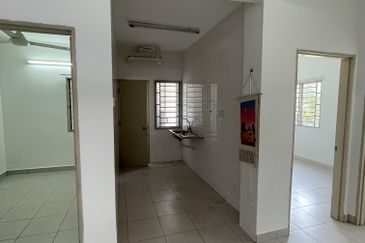
Pangsapuri Akasia, Bandar Botanic
Bandar Botanic/Bandar Bukit Tinggi, Selangor

Bandar Bukit Tinggi
Bandar Botanic/Bandar Bukit Tinggi, Selangor
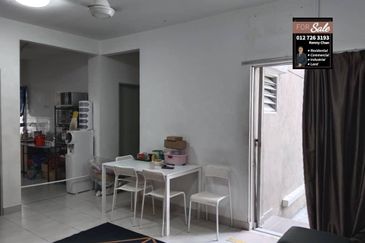
Pangsapuri Akasia, Bandar Botanic
Bandar Botanic/Bandar Bukit Tinggi, Selangor

Pangsapuri Akasia, Bandar Botanic
Bandar Botanic/Bandar Bukit Tinggi, Selangor



